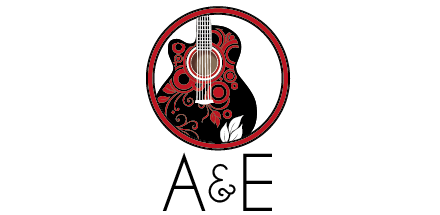Märzen and Oktoberfest
So, it’s fest time of year again. Time to embrace the wonderful beers of fall. Of course, it’s probably still 90 degrees where you are, so it might be a bit hard to get into the autumn festival spirit. However, in southern Germany the greatest beer festival of all is kicking off soon!
The two styles of beer that are, to me, the most fall centric beers are Märzen, or Oktoberfest, and pumpkin. Although IPA, dunkelweizen, scotch ale, Irish red ale, brown ale and altbier among others are all fantastic selections for autumn, it’s Märzen and pumpkin that make their seasonal debut around fall and leave quite soon thereafter.
Märzen being a lager, and pumpkin typically being an ale, these two styles of beer give you a great, two-sided perspective on the change of season as related to the different types of beer. And, given that Sept. 22 is not only the first day of fall, but also the start of Oktoberfest in Munich, Germany, it is only fitting to look towards the greatest beer festival in the world.
As my column will likely turn to ale for the bulk of the cooler months, I take this week to stick with lager one last time. Märzenbier is very closely related to Vienna lager, the amber beer of Austria. Further, although some will interchange Märzen and Oktoberfest, there are occasions when these terms mean different beers.
The original Märzenbier is and was the “March beer”, or a style, brewed before the weather turned warm, that was kept in cool cellars or caves (to lager), and was served over the summer months until brewing resumed in fall. These original Märzen lagers were amber colored, somewhat hoppy, stronger than most beers to assist with keeping over the warm months, and likely more full bodied than other brews.
Versions of the original Märzenbier were likely around as early as the 16th century. However, it was not until 1841 when the Spaten Brewery introduced an amber lager called “Märzenbier” at that year’s Oktoberfest that the style was technically born. A very similar style, Vienna Lager, was introduced in this same year, further muddying the brewing waters. And, in 1872, Spaten first used the term Oktoberfestbier to describe a beer that was quite similar to a Märzen, but made slightly stronger and darker for that year’s beer fest.
For many years, both Märzenbier and Oktoberfestbier sold in Germany, at the festival and throughout the year were deep amber, more bitter and higher in alcohol. In the last few decades, as tastes have changed, Märzenbier served in September and October are brewed lighter in color and flavor. It is the export versions of Oktoberfestbier brewed in Germany and those fall seasonal made by American craft brewers that harkens back to the darker, full-bodied, rich and malty beers of times past.
To further complicate matters, in Germany, the name Oktoberfestbier is restricted by law for use by only the breweries of Spaten, Augustiner, Hacker-Pschorr, Hofbrau, Paulaner and Lowenbrau, which are also the only breweries allowed to see beer at the Munich Oktoberfest. Any and all other breweries must use the term Märzenbier, regardless of whether their brew is a year-round offering, or a special selection brewed in conjunction with the festival.
In America with our craft brewed beer, Oktoberfest and Märzen are basically the same style, and likely the term Märzen will not be listed anywhere. It matters little, as many American made Oktoberfestbiers along with the classics exported from Germany are fantastic and should be held high and taken in for the short time they are here. Enjoy the brews … Cheers.













